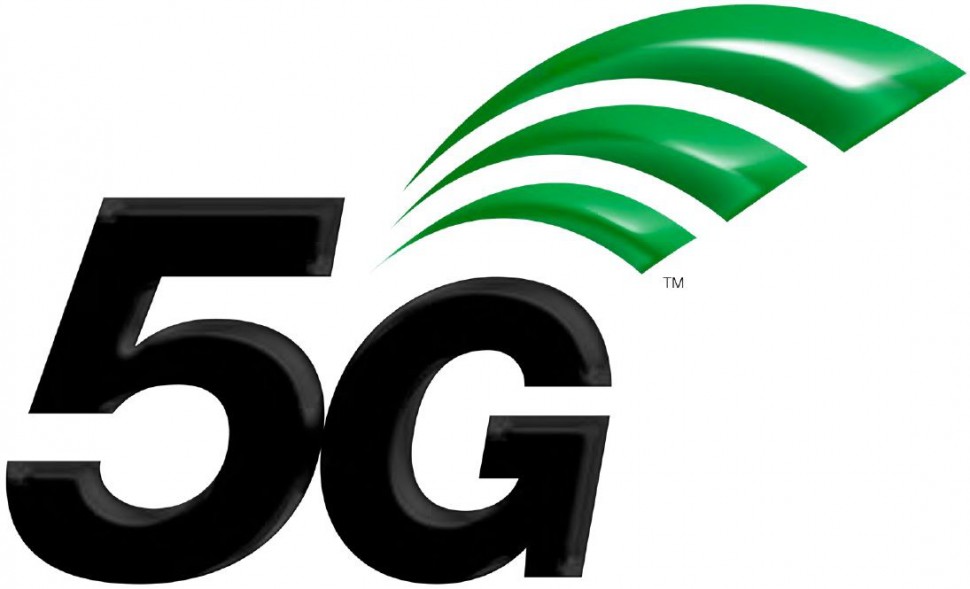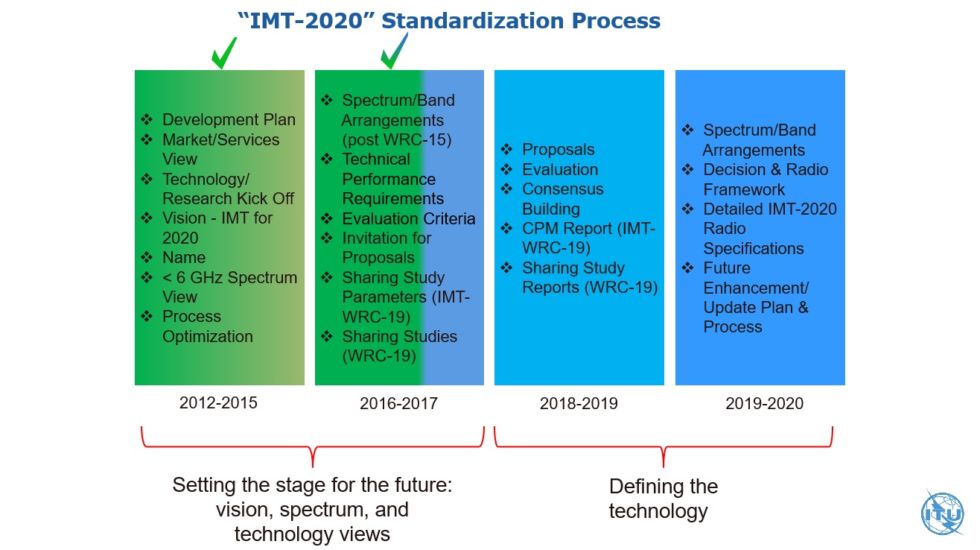International Telecommunication Union publishes preliminary 5G technology specifications

5G is a new generation of mobile communications that has been developed for several years now. Several commercial companies, research organizations, various unions and associations take part in creating the technologies necessary for the operation of 5G networks. Despite the fact that the development has been going on for a long time, there was no exact understanding of what 5G will be like even at the end of last year.
And only the other day the International Telecommunication Union (ITU) published the specifications of the 5G technology, however, so far preliminary. According to published data, it is assumed that the capacity of the incoming communication channel for a separate 5G base station will be 20 Gbit / s. For comparison, it is worth citing a similar indicator for LTE - 1 Gb / s. In addition, the new network should support the simultaneous connection of 1 million devices per square kilometer.
In 2014, experts identified 3 new generation network concepts :
')
- Super efficient mobile network that delivers better performance at lower costs. In general, it was assumed that the cost of transmitting a certain amount of data should be reduced at about the same speed as the amount of data being transferred increases;
- Super fast mobile network, where it is supposed to have a network of small “cells” of the new generation, which are located more densely than the cells of the network of previous standards. Proponents of this concept suggested the need to work with a frequency spectrum below 4 GHz;
- Convergent fiber-optic wireless network, where millimeter wave (20-60 GHz) waves are used, ensuring bandwidth of a single channel up to 10 Gbit / s.
The specifications published by ITU show that the current concept of the 5G network includes several elements of the three main options proposed in 2014. As for the technical data , information about them is available below. It can still change, but not dramatically.
Peak bandwidth of 5G networks
According to published data, the bandwidth of the incoming channel of the base station will be 20 Gb / s, outgoing - 10 Gb / s. These are common characteristics for a single “cell”. In a real situation, the bandwidth of the station channel will be divided between the channels of individual users of the cell.
Compound density
As mentioned above, the 5G infrastructure must support at least 1 million connected devices over an area of one square kilometer. Here we are talking not only about mobile phones, tablets and other devices, but also about IoT-modules, which equip hundreds of thousands of devices. If we assume that even traffic lights, parking slots and vehicles are planned to be equipped with IoT 5G modules, then it becomes clear that 1 million is not so much.
Mobility
As in the case of LTE and LTE-advanced, it is assumed that the communication infrastructure will support 5G for mobile subscriber devices moving at speeds from 0 to 500 km / h. The specifications indicate that within the city limits there is no need to communicate with client devices moving at high speed (usually there are no supercarts in the city). But in the suburbs and more distant from the settlements, the infrastructure must support work with pedestrians, smart cars and terminals that are in high-speed vehicles.
Energy efficiency
Developers of communication standards for 5G believe that in the new generation of communications it is necessary to use energy-efficient modules. Such systems must quickly enter energy saving mode and quickly “wake up” when they are needed. The exit time from sleep mode should not be less than 10 ms.
Delay
In networks of new generation, the delay should not be higher than 4 ms. This is very different from the 20 ms allowed in the LTE standard. For URLLC (ultra-reliable low latency communications), the delay should not be higher than 1 ms.

5G Development Roadmap (IMT-2020)
Spectral efficiency
Here we are talking about the indicator, calculated as the ratio of the data transfer rate per 1 Hz of the used frequency band (bit / s / Hz). This value also characterizes the speed of information transfer in a given frequency band. Spectral efficiency is an indicator of frequency resource utilization efficiency and, in some cases, an indicator of service quality. Here everything is close to LTE-Advanced: 30 bits / Hz for the incoming channel and 15 bits / Hz for the outgoing. As for MIMO , it assumes the operation of the 8 * 4 scheme.
Real data transfer rate for the subscriber
As for this characteristic, it is assumed that 100 Mbit / s to the incoming channel and 50 to the outgoing one. This is also close to LTE-Advanced, although in the case of 5G the throughput should not fall too much even under adverse conditions (proximity of elevations, bad or good weather, etc.).
According to the plan, the next step should be the transition from specifications to real technologies. But how all this will be implemented is not yet completely clear. On the other hand, some telecommunication companies and manufacturers of electronic components are already beginning to work out 5G. For example, three companies at once, Ericsson, Deutsche Telekom and SK Telecom launched in test mode the “first in the world” fifth generation network. This network, which was developed by Ericsson, connected Germany (Deutsche Telekom) and South Korea (SK Telecom). Other companies are working on similar projects, so the future is very close.
Source: https://habr.com/ru/post/401853/
All Articles